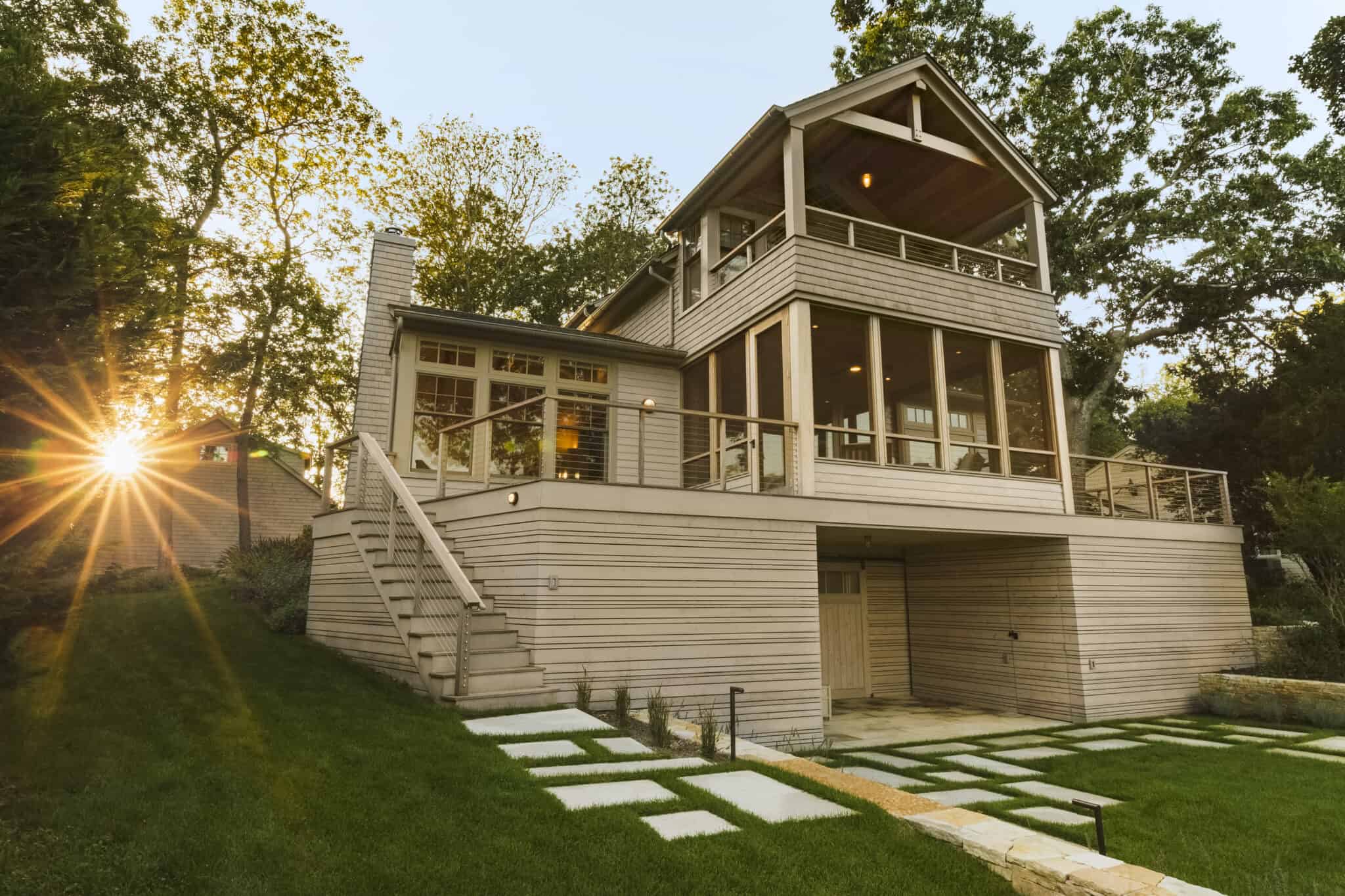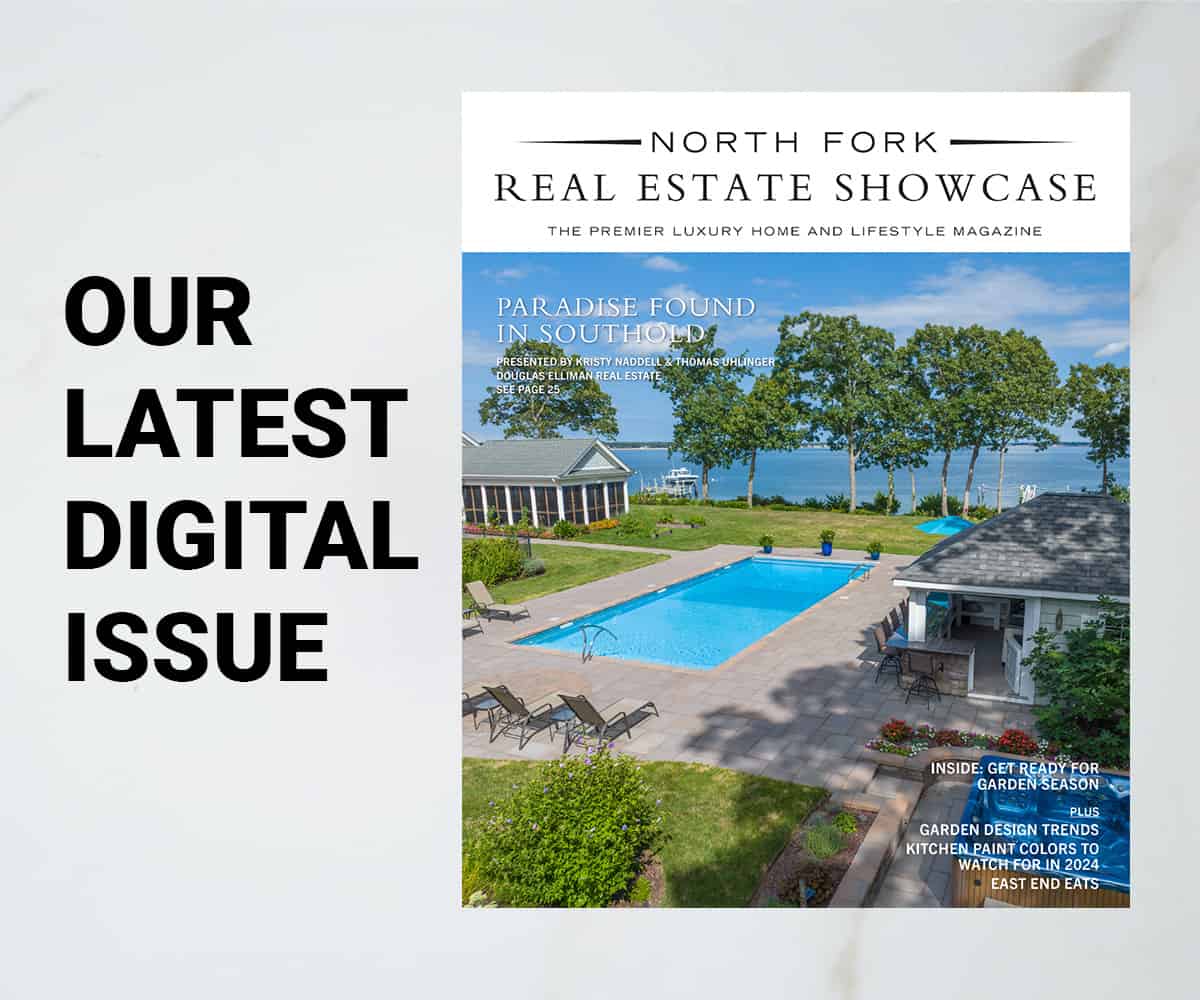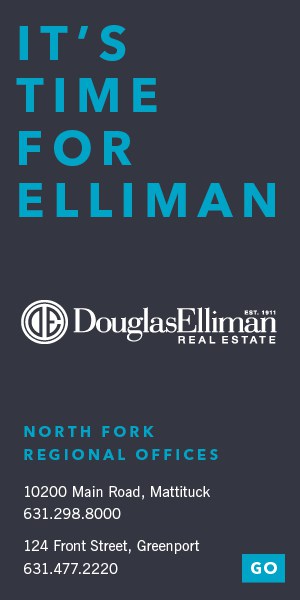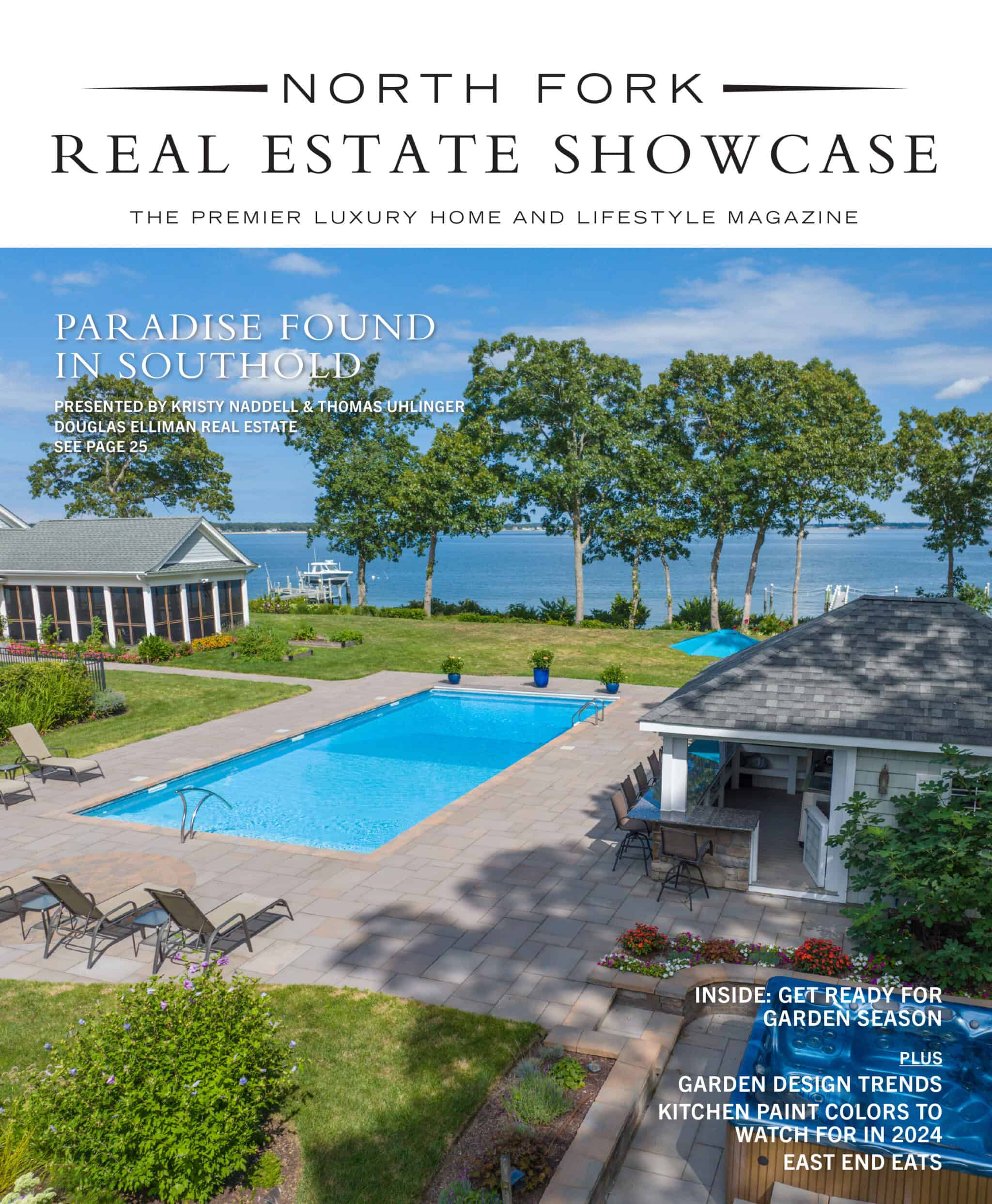When looking to a particular real estate market, there is a collection of homes, cultural attractions, natural features, a dining scene, and more that help to define any given area’s style. While the East End is certainly unique in that it offers a range of traditional, modern, farmhouse, contemporary, and more, how these homes lend themselves to their natural surroundings is one of the most distinctive draws. Homes are also designed to be long lasting, abodes that will serve its owners for years to come rather than being a simple, fleeting trend. In this new decade, the modern architecture style is one that continues to remain a strong demand. When it comes to further defining this aesthetic, North Fork and Hamptons architects share their vision of the East End.
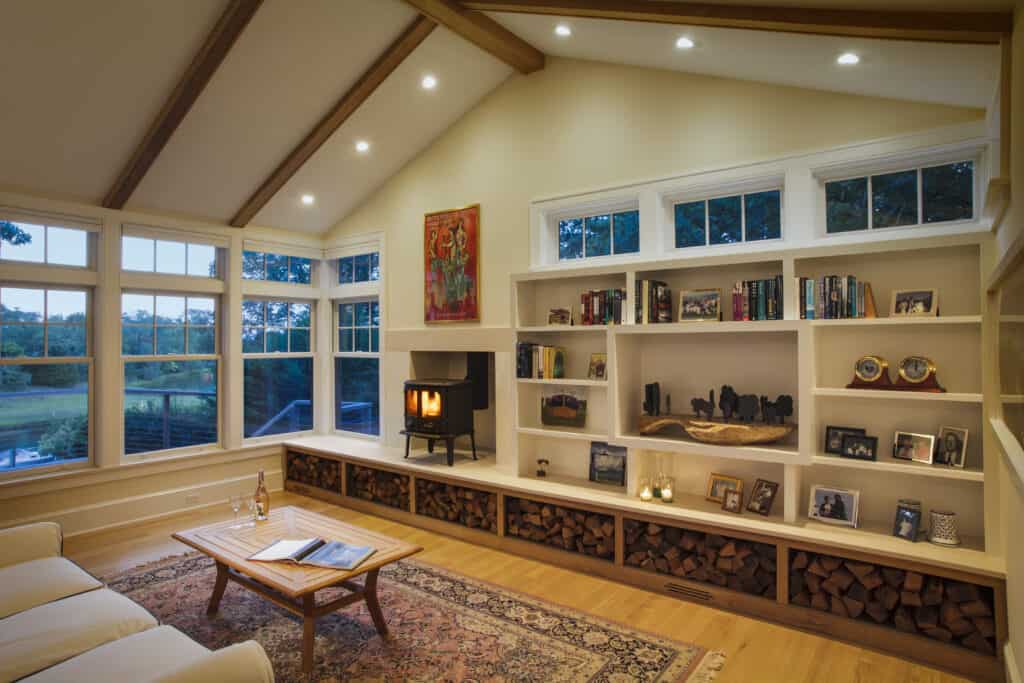
A growing trend on the East End has been prefabricated homes. These individually crafted homes are designed with the various sections built offsite, then delivered to the property and assembled onsite. The modern architectural style lends itself well to this in that these homes often present the structural form with clean lines consumers are looking for today both in the home itself and interior design. Resolution: 4 Architecture (RES4) has done quite a few prefab homes in the Hamptons and on the North Fork in recent years. Emphasizing the integrated design of these homes, RES4’s Joseph Tanney says the firm has been designing simple and sophisticated volumes capable of being built in a factory and trucked to the site.
“The long and linear boxy forms reflect the limits by which they are made,” Tanney explains. “They are modern, with clean lines and a strong interior-exterior connection. Yet if one were to apply a style, it is expressed in the efficiency of the design, its implementation, and ultimately, its performance. They are modern modular homes. But the style we’ve found most popular is predictably, not only in what it’s going to look like, but also in how long it’ll take, and most importantly, how much will it cost.”
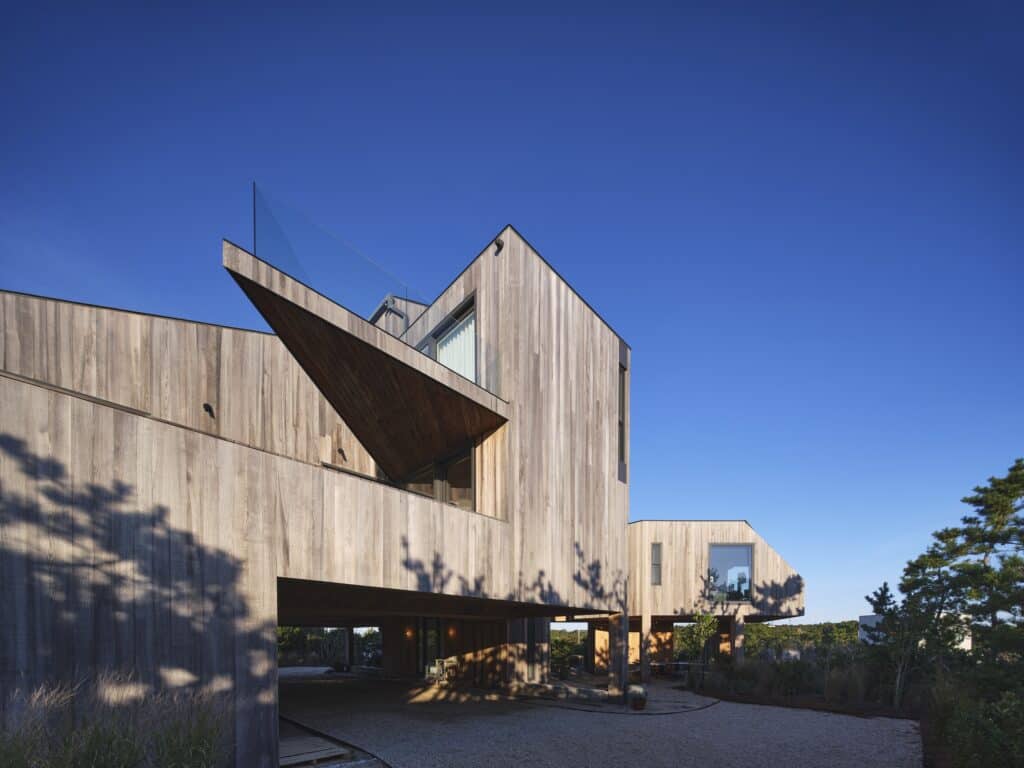
Societal shifts can in some ways dictate design. Tanney has noted there was an increase in interest from clients to looking to build a new modern home on the East End during the COVID-19 pandemic. Real estate agents, too, had found the season to begin earlier with homeowners looking to make the Hamptons and North Fork their full-time residences. Though the ways in which RES4 works with clients has changed – shifting mainly to virtual meetings – the situation mostly changed how homeowners view second homes. Meryl Kramer and her eponymous firm have also found that beginning in mid-March people have wanted to make the East End their permanent home rather than stay for only the weekend or vacations. Renovations, additions, and new builds on vacation properties have been among the most popular inquiries.
During the pandemic, the East End’s natural beauty is what called many to seek respite here. Incorporating the natural environment into the design of Kramer’s modern interpretations of traditional designs has always be integral to the company’s work. Clean lines, comfortable spaces, and minimal ornamentation lend itself to architecture reflecting indoor-outdoor living.
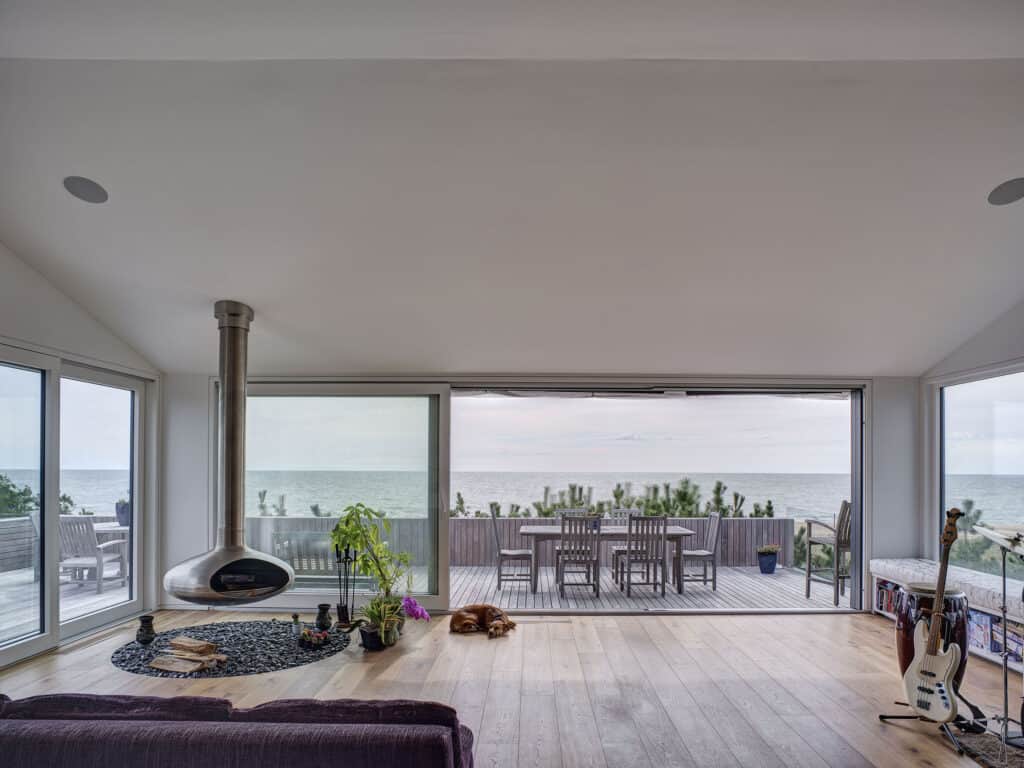
In working with clients, Kramer understands it is a collaborative process. “We are here to help people translate their ideas about their homes into a realistic program and educate them about design and building science,” she says. “Once we begin a project, we deep dive and give our clients our close attention. Consistent, honest communication and collaboration are key to making the architect-client relationship successful. Good design shows clear intent, and that results from a careful study of spatial and functional relationships.”
Over the past 25 years, Maziar Behrooz of MB Architecture has found a major shift to modern architecture design, most notably in the materials and finishes that are often warmer and softer than some typical modern buildings. Prefab homes are also part of this firm’s portfolio, and they introduced their Insta-House just over a decade ago. Prefab can also work within the renovation process, adding a second story or side additions. Low-cost prefab buildings have become even more popular with the sudden increase in new construction following the pandemic this past May, adding value to the streamlined process.
While modern architecture is a notable East End trend, it is important to recognize there is still some diversity within the style itself, a nod to the individuality of the homeowners that add to the process. Each client has a different vision, wants, and needs for their home, which Behrooz says needs to be researched and explored in the design process. Again, collaborating is essential. The process of making these projects come to fruition requires the use of expert help in any given geographical area. The architect explains local codes and zoning has an impact on the design, especially in wetlands or oceanfront areas. In this particular case, you need plenty of time for permitting.
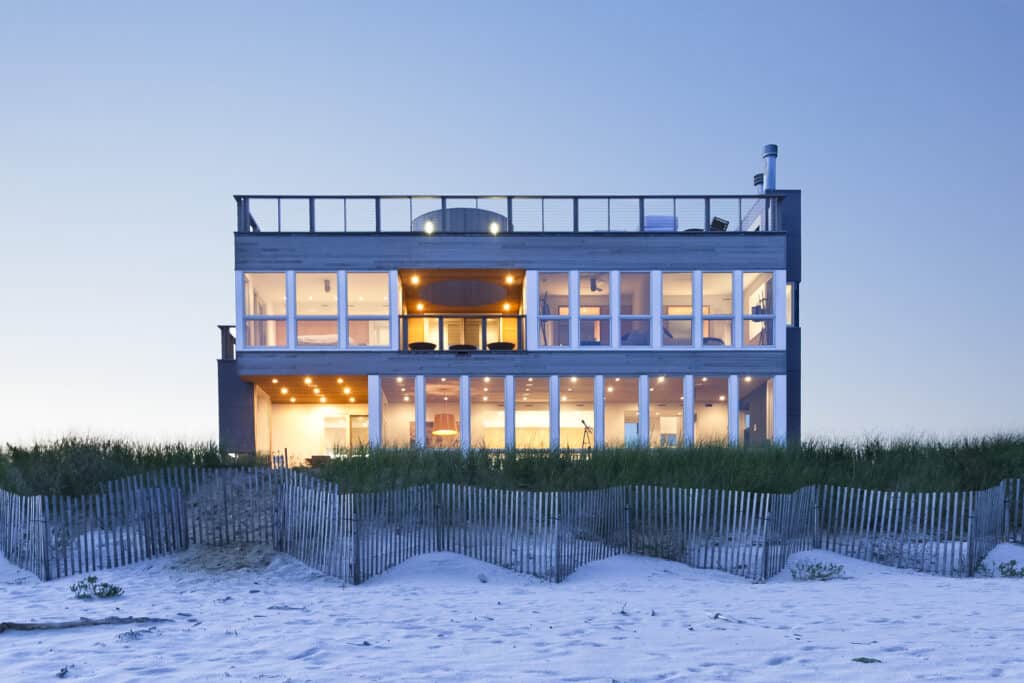
“Design for yourself, not for the imaginary future buyer of your house,” Behrooz says of the other important aspects a homeowner needs to be aware of during the design process. “Keep in mind, families used to live in 1,500-square-foot houses [in the Hamptons]. If a smaller house is what you want, go for it. Don’t oversize your building in relation to your lot. Building from setback to setback and choking the site with an oversized building is not cool. This may go without saying, but still needs to be said: work with people that you enjoy talking to.”
The Hamptons and North Fork real estate markets continue to grow in desirability for homeowners, and it will be interesting to see over the coming months how second residences may shift into primary ones. The needs for these homes may change with home offices and space for virtual classrooms taking precedence. It is also important to consider locations from Peconic Bay to the Atlantic Ocean to land with farm views and historic villages, all of which can lend themselves to the modern style. It is the individual interpretation however that defines architecture today.


